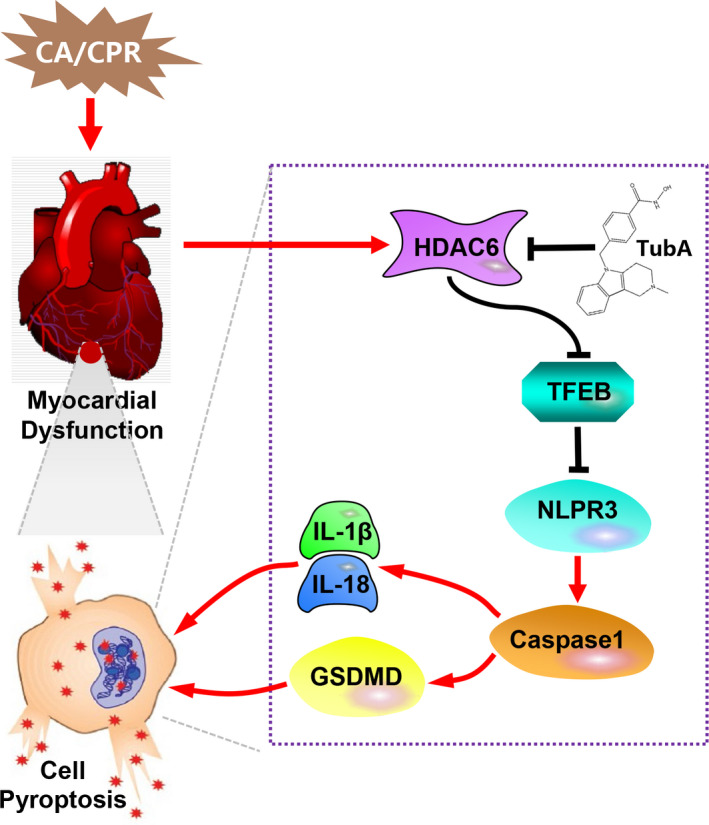Figure 8. The proposed molecular mechanisms of the protective effect of tubastatin A (tubastatin A) on myocardial dysfunction after cardiac arrest (CA) and resuscitation.

The inhibition of histone deacetylase 6 (HDAC6) activity by tubastatin A could promote transcription factor EB (TFEB) acetylation and nuclear translocation to block NOD‐like receptor pyrin domain 3 (NLPR3) inflammasome activation, and further decrease cell pyroptosis and proinflammatory cytokines production, which improve myocardial dysfunction and alleviate cardiac injury after CA and resuscitation. CPR indicates cardiopulmonary resuscitation; GSDMD, gasdermin D; IL‐1β, interleukin‐1β; and IL‐18, interleukin‐18.
